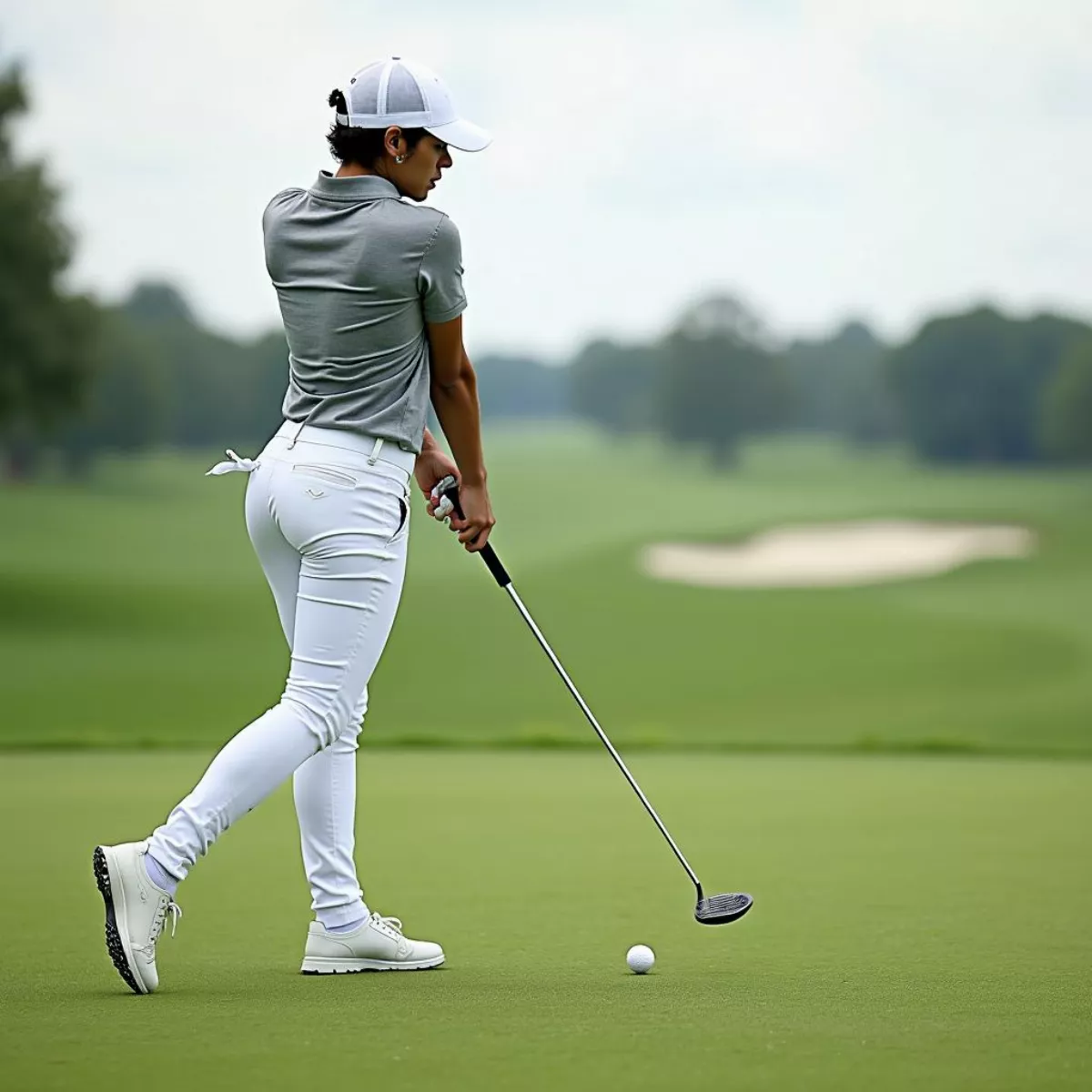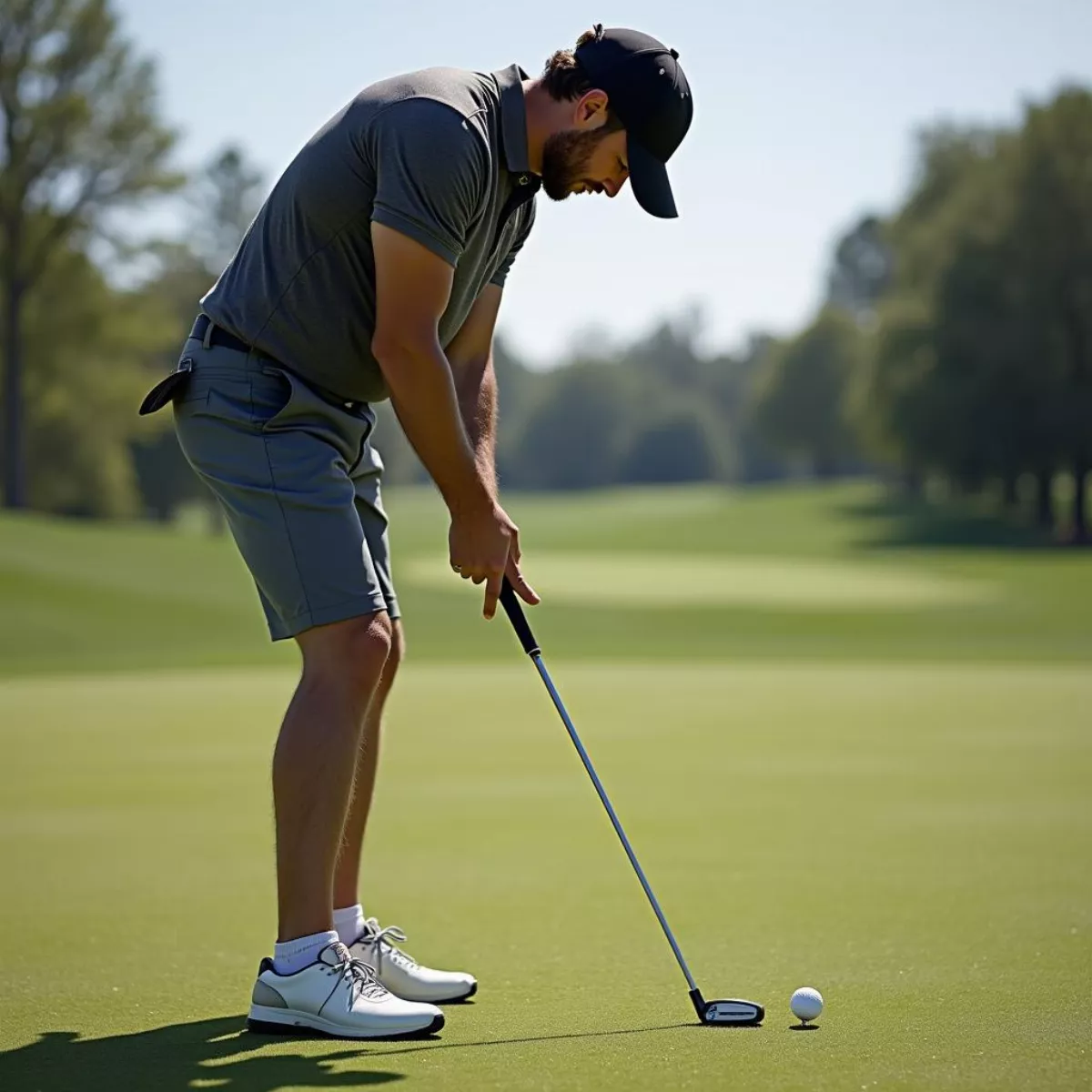Golf is often seen as a leisurely sport, much like a gentle walk in the park. However, behind this facade lies a complex interplay of muscle groups that work together to deliver that perfect swing. If you’re curious about which muscles get a workout during a round of golf, you’re in the right place. This article will explore the key muscle groups involved, how they contribute to your swing, and tips for enhancing your golf performance.
Understanding Golf Mechanics
Before diving into the specific muscles used in golf, it’s important to understand the mechanics of the golf swing. The swing consists of several phases: the takeaway, the backswing, the downswing, impact, and follow-through. Each phase recruits different muscle groups and requires coordination between them to maximize power and accuracy.
Key Muscle Groups Used in Golf
Here’s a breakdown of the primary muscle groups that are engaged during your golf swing:
1. Core Muscles
Your core is the driving force behind your golf swing. It provides stability and rotational power, helping to facilitate an effective swing.
- Rectus Abdominis: This is the “six-pack” muscle that aids in flexing the spine and stabilizing your body during swings.
- Obliques: These muscles are crucial for rotation. They help you twist and turn effectively, enhancing swing power.
- Transverse Abdominis: Serving as a stabilizer, this deep core muscle helps in maintaining proper posture.
2. Legs and Glutes
Power in your swing starts from the ground up. Strong legs are essential for generating force and maintaining balance.
- Quadriceps: The muscles at the front of your thighs are key for stability during your swing.
- Hamstrings: Located at the back of your thighs, hamstrings help with leg stabilization and allow a complete follow-through.
- Gluteus Maximus: This muscle aids in the body’s hip rotation, providing additional power during your swing.
 Golfer swinging a club
Golfer swinging a club
3. Back Muscles
Your back plays a pivotal role in maintaining posture and generating torque.
- Latissimus Dorsi: These large muscles are essential for the pulling motion during your swing.
- Rhomboids: Important for shoulder blade movement and stabilization, rhomboids ensure that your upper body stays aligned.
- Erector Spinae: These muscles help with maintaining proper posture while swinging.
4. Shoulders and Arms
The shoulders and arms are key players in your swing mechanics for both generating speed and executing precise movements.
- Deltoids: These shoulder muscles are critical for lifting your arms during the swing.
- Biceps and Triceps: They aid in controlling the club’s path during the swing.
- Forearm Muscles: They are important for grip strength and controlling the club face.
5. Hips
Strong hips are essential for effective rotation during the swing.
- Hip Flexors: These muscles help you in lifting your legs during your stance and swing.
- Adductors: Important for stability, these muscles aid in maintaining balance throughout your swing.
6. Wrist Muscles
Good wrist strength and flexibility can significantly impact your performance.
- Flexor and Extensor Muscles: These muscles control the grip and the positioning of the club during the swing.
 Golfer addressing the golf ball
Golfer addressing the golf ball
The Importance of Flexibility in Golf
In addition to strength, flexibility plays a vital role in maximizing your swing. Tight muscles can restrict movement, which affects your ability to achieve a full swing. Yoga and dynamic stretching can be helpful in increasing your flexibility and performance.
Key Stretching Exercises for Golf:
- Torso Rotation Stretch: This will help improve your upper body and spinal movements.
- Hip Flexor Stretch: This can enhance your hip mobility for better swings.
- Wrist Flexor Stretch: Essential for grip strength and control.
Building Strength and Endurance
To target the key muscle groups used in golf, consider integrating a strength training program into your routine:
Strength Training Tips for Golf:
- Compound Exercises: Focus on squats, deadlifts, and chin-ups that enhance overall strength.
- Rotational Movements: Incorporate exercises like medicine ball twists or cable woodchoppers to improve rotational power.
- Core Workouts: Planks, Russian twists, and stability ball exercises can help strengthen your core effectively.
Sample Workout Routine:
| Exercise | Sets | Reps |
|---|---|---|
| Squats | 3 | 10-12 |
| Medicine Ball Throws | 3 | 8-10 |
| Plank | 3 | 30s |
| Lunges | 3 | 10-12 |
| Cable Woodchoppers | 3 | 10-12 |
Injury Prevention in Golf
Injuries can sideline any golfer, so it’s essential to play it safe. Here are tips for preventing injuries on the course:
- Warm Up Properly: Always engage in a warm-up routine before you hit the course.
- Use Proper Equipment: Ensure your clubs fit your body type and swing style. Consider getting a professional fitting.
- Stay Hydrated: Drink water before and during your round to maintain performance and reduce fatigue.
 Golfer stretching before a round
Golfer stretching before a round
Conclusion
In conclusion, golf itself does more than just provide leisure; it engages a wide variety of muscle groups, promotes physical fitness, and enhances mental focus. Understanding which muscles are at play can help you train better, prevent injuries, and enjoy the game even more.
Key Takeaways:
- Core muscles are critical for stability and rotation during your swing.
- Strong legs, hips, back, shoulders, arms, and wrists contribute significantly to your performance.
- Incorporate flexibility and strength training exercises tailored to these muscle groups to enhance your game.
- Always prioritize injury prevention by warming up, using proper equipment, and staying hydrated.
Frequently Asked Questions
1. What muscles are primarily used in a golf swing?
The core, legs, back, and arms are the primary muscle groups involved in a golf swing.
2. How can I improve my core strength for golf?
Incorporate core-specific exercises like planks, Russian twists, and medicine ball exercises into your fitness routine.
3. Is flexibility important for golfers?
Yes, increased flexibility allows for better range of motion, improving your swing mechanics.
4. Why do my muscles feel sore after playing golf?
Soreness may occur because golf requires the use of many different muscle groups, especially if you are not used to exercising them.
5. Can weight training help my golf game?
Absolutely! Weight training can enhance your strength, endurance, and overall performance on the golf course.
6. Do I need to stretch before playing golf?
Yes, stretching helps warm up your muscles and increases flexibility, reducing the risk of injuries.
7. How often should I practice my swing?
Practice regularly, focusing on both the mechanics and the associated muscle groups to improve performance.
8. What types of cardio exercises are beneficial for golfers?
Low-impact cardio activities like cycling, swimming, or brisk walking can improve overall endurance without excessive strain.
9. Can I play golf if I have back pain?
Consult a physician or physical therapist before playing golf if you have back pain. They can help assess your condition and suggest modifications.
10. How can I learn about my own flexibility?
Consider a professional assessment, or try basic flexibility tests at home, focusing on the hips, back, and shoulders.
By understanding the muscles involved in golf and how to maintain them, you can enhance your performance, enjoy your time on the course, and minimize the risk of injuries. Now, go share your newfound knowledge on the greens!

